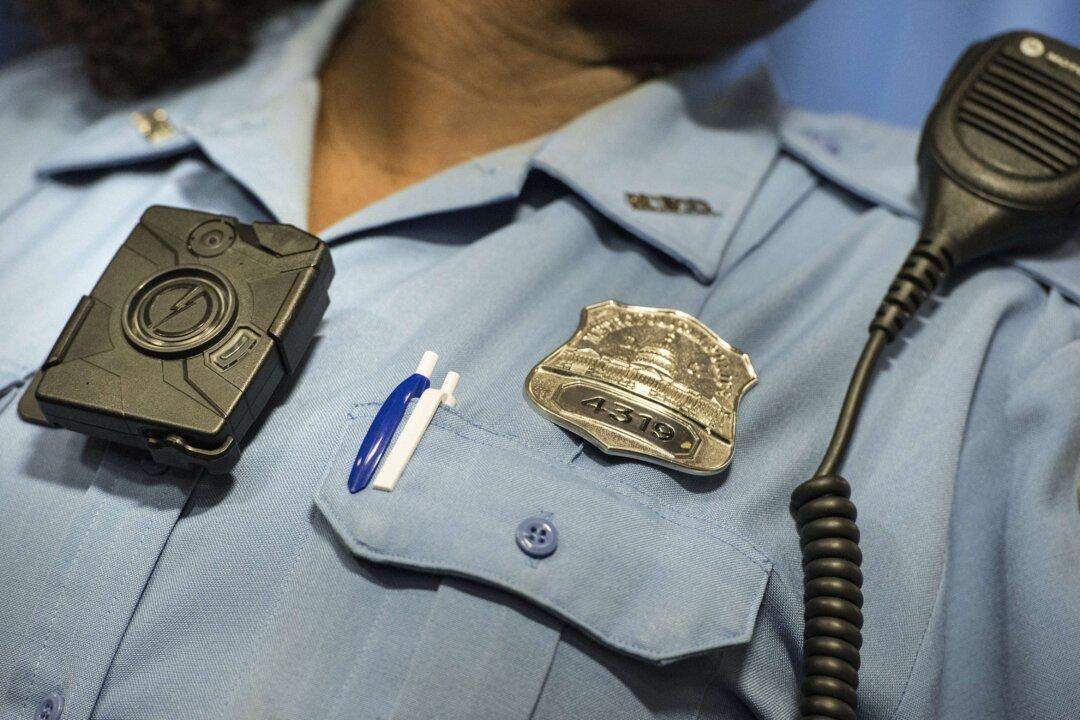The widely varied approach for body-worn cameras that approximately 3,000 police forces in the United States are already testing, using, or exploring could be helped along by federal guidelines being released this spring.
The soon to be available cache of expert tips, tricks, techniques, and policy recommendations were announced last week after the President’s Task Force on 21st Century Policing put out its interim report. One of the key missions of the task force is to find ways to use technology in a manner helpful to law enforcement to form better relationships with the community.
There are a wide range of questions over body-worn cameras that include everything from privacy concerns to data storage and data access that police departments are struggling to answer. In some cities, the race to add cameras to their patrol force has met with resistance from lawmakers and privacy advocates.
In Seattle, a recently implemented test program could be put on hold until the state legislature can reconcile two vastly different bills that would limit access to recorded files.
Though the federal recommendations, being led by the Bureau of Justice Statistics (BJS), would not be legally binding, they would at least provide some type of guideline for police departments venturing into new territory.




